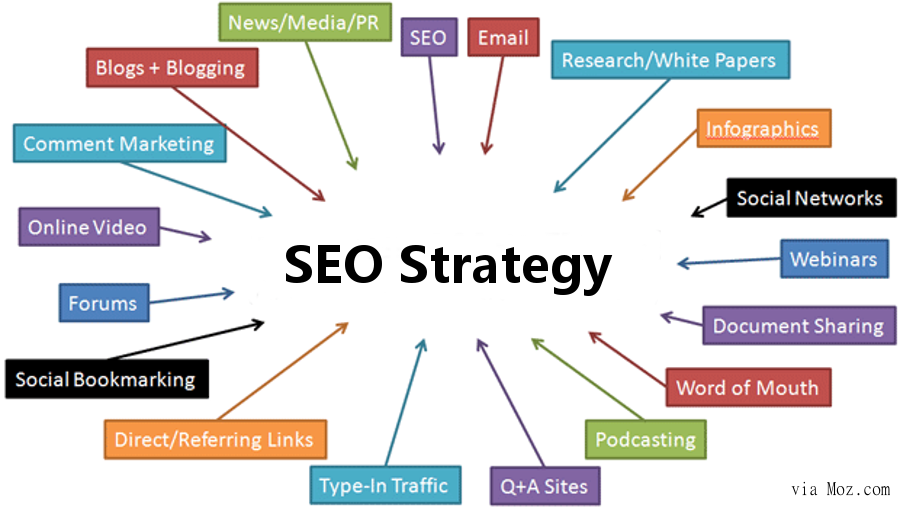Understanding What Is Ruled Out a Default Medium in Google Analytics: Insights
Understanding What Is Ruled Out a Default Medium in Google Analytics: Insights
Blog Article
Introducing the Unconventional Mediums in Google Analytics Beyond Default Setups
In the world of digital analytics, Google Analytics stands as a cornerstone for companies looking for to comprehend their on-line existence. While default setups supply useful understandings, real depth of understanding depend on discovering the unconventional tools that usually go unnoticed. By venturing past the surface and diving into the details of social media sites data, email campaign efficiency, recommendation traffic resources, straight web traffic patterns, and custom-made channel groups, a prize trove of info waits for those happy to accept a much more nuanced technique. Nevertheless, what lies under these unusual tools may simply redefine how companies view and plan their on the internet initiatives.

Leveraging Social Media Site Insights
Periodically overlooked, yet greatly valuable, is the method of leveraging social media understandings within the realm of Google Analytics. By incorporating data from systems like Facebook, Twitter, Instagram, and LinkedIn right into Google Analytics, businesses can gain a deeper understanding of their audience and the performance of their social media sites campaigns.
Via this assimilation, marketing experts can track and analyze individual actions on their web site that stems from social media systems. They can identify which social media networks are driving one of the most traffic, which web content is reverberating with the audience, and which projects are converting one of the most leads. This insight permits data-driven choices to enhance social media approaches and boost total advertising performance.
Additionally, by combining social media understandings with Google Analytics, businesses can produce a lot more targeted and personalized campaigns - what is not considered a default medium in google analytics. They can use group information, interests, and on-line actions gathered from social media sites to improve their audience segmentation and provide tailored messages that resonate with particular customer groups. This targeted method can bring about higher involvement, raised conversions, and inevitably, enhanced return on financial investment
Uncovering Email Campaign Performance
Uncovering Email Campaign Performance entails analyzing vital metrics and efficiency indicators to evaluate the performance of email advertising and marketing initiatives. When delving into email campaign performance, it is vital to analyze metrics such as open rates, click-through rates, conversion rates, and unsubscribe rates. By analyzing these metrics, marketing experts can tweak their e-mail campaigns for much better involvement and efficiency.
Studying Recommendation Web Traffic Resources
After evaluating the performance of email projects through crucial metrics such as open rates and conversion rates, the following important action is evaluating recommendation web traffic sources in Google Analytics to recognize where internet site visitors are originating from and exactly how they interact with the website. Recommendation web traffic resources describe the websites that guide customers to your website via clickable links. By delving into this information, businesses can get insights right into which outside platforms are driving traffic to their site, whether it be social media systems, companion websites, or on the internet directory sites.
Analyzing reference traffic can supply important details on the efficiency of outside advertising and marketing efforts and collaborations. It helps organizations determine high-performing reference sources that add considerably to site traffic and conversions. By recognizing the actions of visitors coming from different referral resources, services can tailor their advertising techniques to optimize involvement and conversions. Google Analytics offers detailed records on reference traffic, permitting businesses to track the efficiency of each referral source precisely and make data-driven choices to boost their on-line existence.
Checking Out Direct Traffic Patterns
Discovering the straight traffic patterns in Google Analytics supplies important understandings into individual behavior site and the effectiveness of projects - what is not considered a default medium in google analytics. Straight website traffic describes site visitors that land on a web site by straight typing the URL into their browser, using bookmarks, or clicking untagged links. Comprehending direct web traffic patterns can aid marketers review the impact of offline marketing efforts, brand name recognition, and the efficiency of word-of-mouth references
By diving right into direct website traffic information, companies can discover critical information concerning customer intent and brand commitment. Assessing the behavior of straight site visitors, such as the pages they see, the moment spent on website, and the conversion rate, can give a much deeper understanding of user engagement and the total efficiency of the internet site in converting visitors into consumers.
Furthermore, you could look here tracking direct web traffic patterns in time allows companies to determine fads, seasonality results, and the success of specific projects or promos in driving direct gos to. This information can after that be made use of to refine advertising strategies, optimize internet site web content, and boost the general individual experience to make best use of conversions.
Using Custom-made Channel Groupings
Using personalized network groupings in Google Analytics allows businesses to classify and assess their internet site traffic based upon certain standards, giving important insights for optimizing marketing strategies. Custom channel groups make it possible for business to create their own customized groups of website traffic resources, such as social media sites, natural search, email projects, and referral traffic. By specifying these groupings, organizations can obtain a much deeper understanding of how different advertising and marketing channels add to their site traffic and conversions.
This feature is especially useful for companies with diverse advertising techniques across various platforms. For instance, a firm running both paid and organic social media sites campaigns can set apart between both to evaluate their private efficiency accurately. In addition, custom channel collections can assist identify any kind of neglected or undervalued traffic resources that might be driving valuable engagement.
Conclusion

By venturing beyond the surface area and delving into the intricacies of social media data, e-mail project performance, recommendation website traffic resources, straight website traffic patterns, and personalized channel groupings, a prize trove of details awaits those prepared to welcome an extra nuanced approach. They can identify which social media channels are driving the most traffic, which content is resonating with the target market, and which projects are converting the most leads.After examining the efficiency of e-mail projects through vital metrics such as open rates and conversion rates, the next vital step is evaluating referral web traffic sources in Google Analytics to recognize see here now where site site visitors are coming from and exactly how they connect with the site. Custom-made network groups allow business to develop their own personalized groups of web traffic resources, such as social media, organic search, e-mail projects, and reference website traffic. By leveraging social media insights, discovering e-mail project efficiency, assessing referral traffic sources, checking out direct website traffic patterns, and using personalized network collections, marketing professionals can get important insights into their on-line visibility.
Report this page